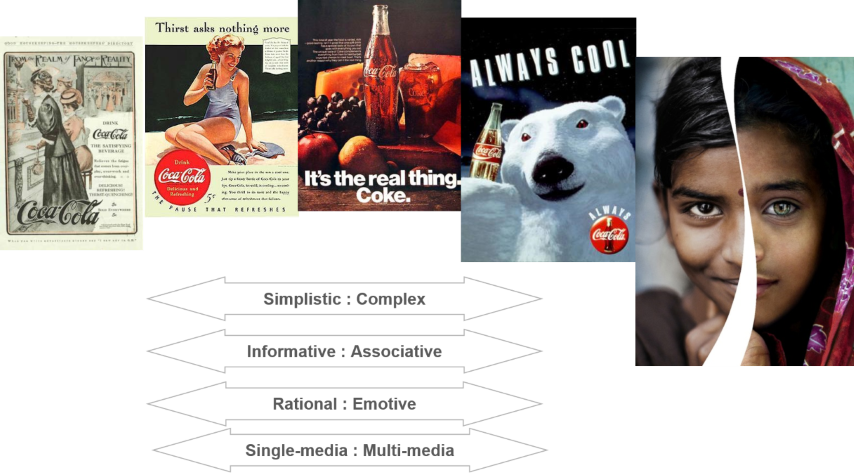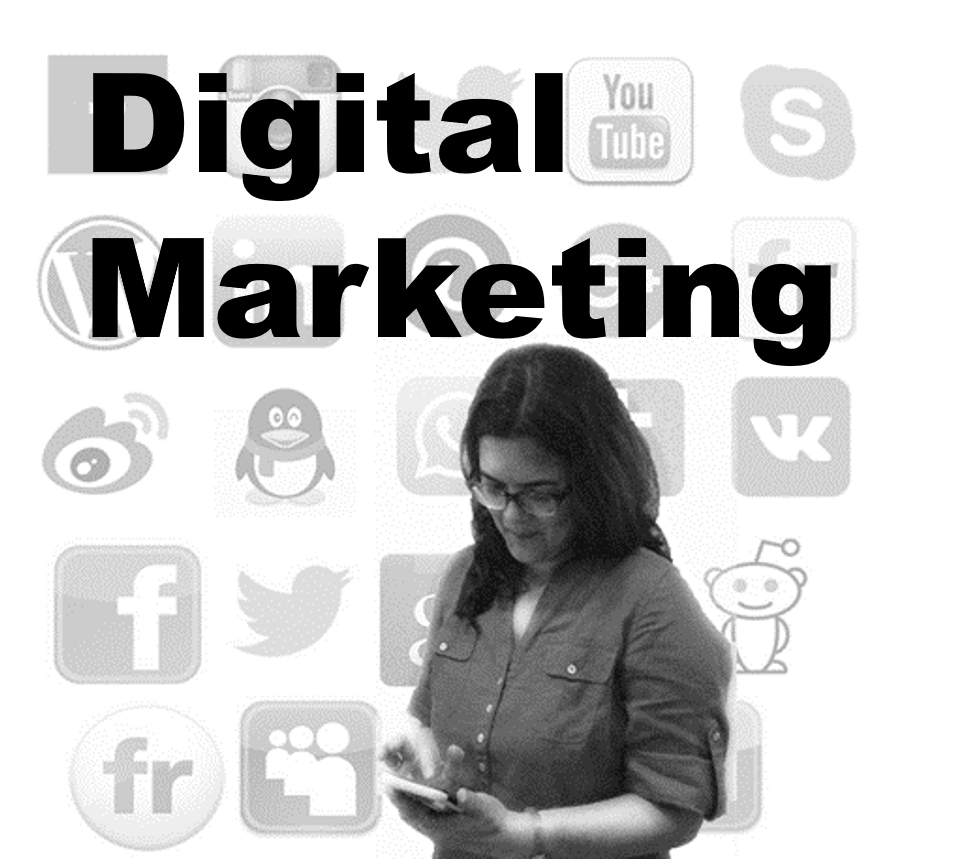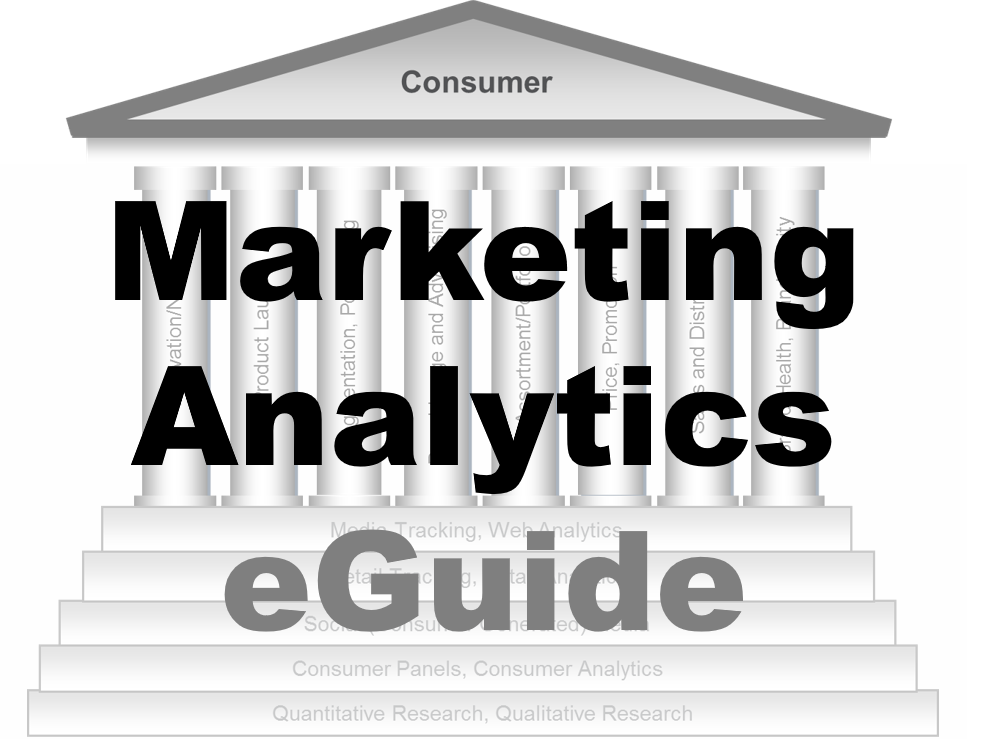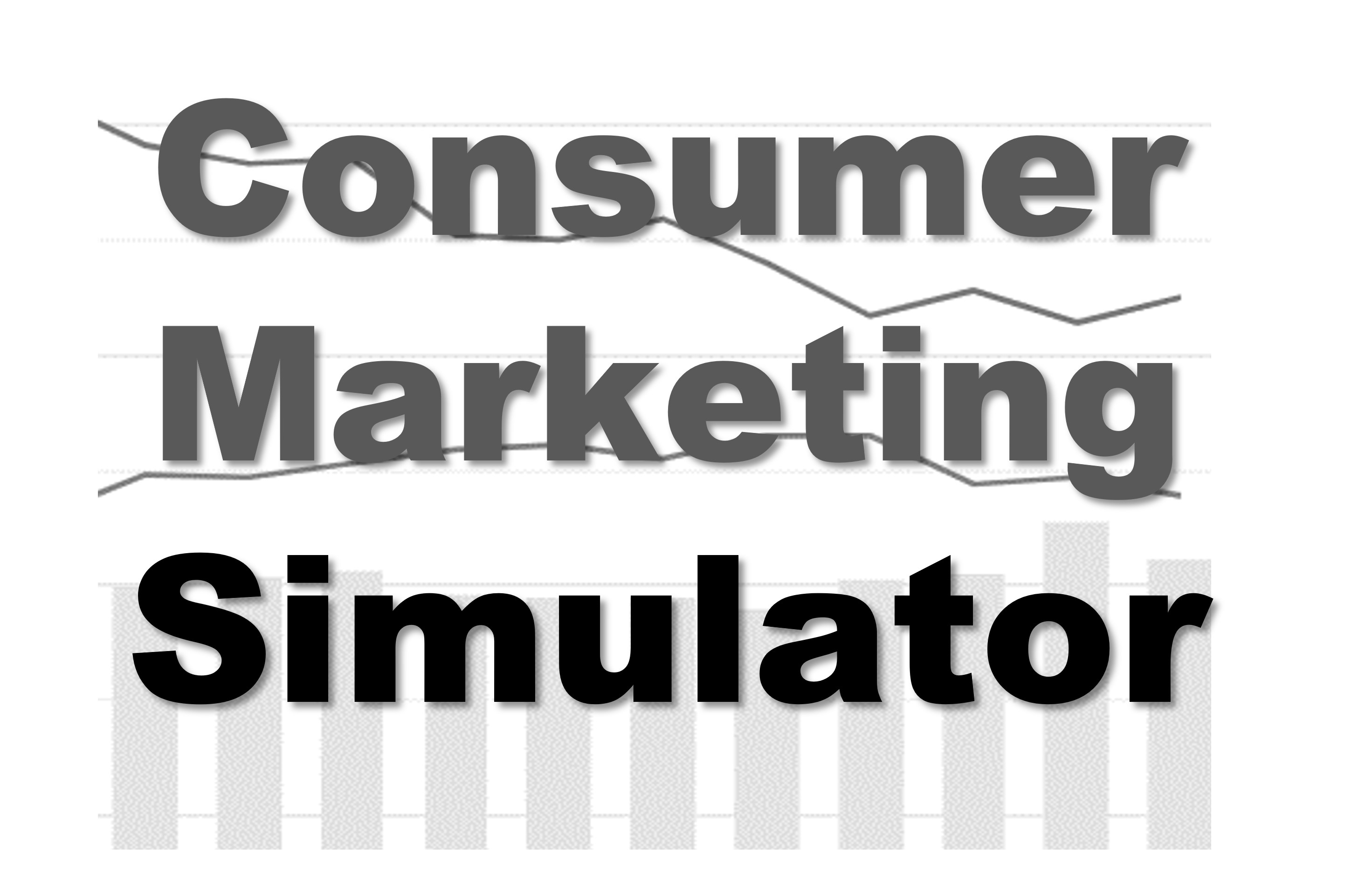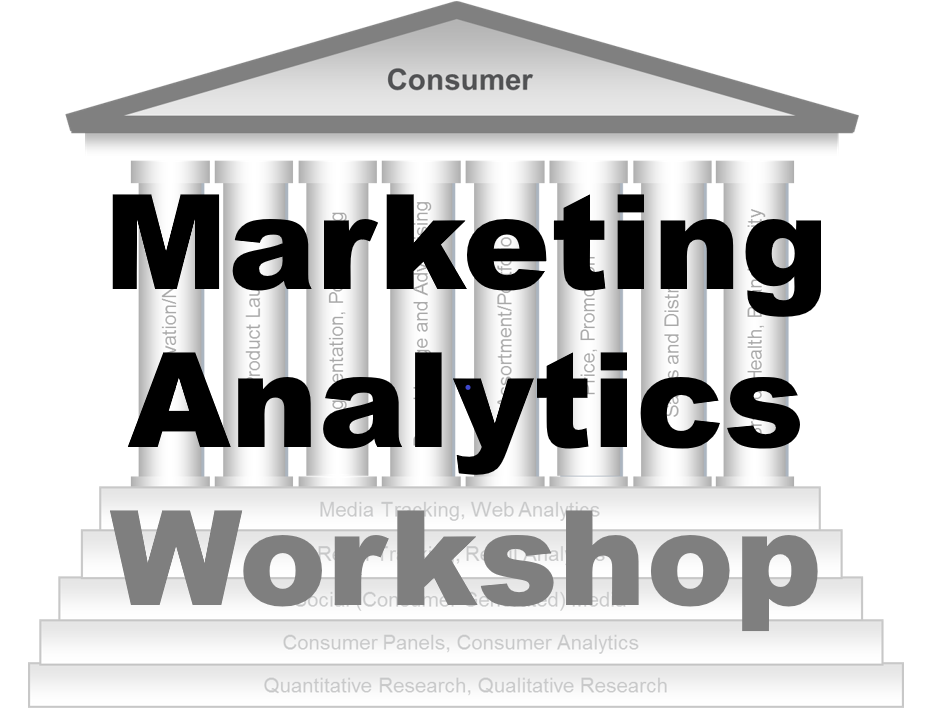-
How Advertising Works
Tradition of Great Advertising
Advertising through the Ages
Media Fragmentation
Advertising Mechanisms
Salience
Persuasion
Likeability
Apple’s 1984 Super Bowl Ad
Symbolism
Relationship and Involvement
Emotion
Overview of Emotions
Advertising Execution
Case Example — Coca-Cola Zero
Measurement Issues
- How Advertising Works
- Advertising Analytics
- Packaging
- Biometrics
- Marketing Education
- Is Marketing Education Fluffy and Weak?
- How to Choose the Right Marketing Simulator
- Self-Learners: Experiential Learning to Adapt to the New Age of Marketing
- Negotiation Skills Training for Retailers, Marketers, Trade Marketers and Category Managers
- Simulators becoming essential Training Platforms
- What they SHOULD TEACH at Business Schools
- Experiential Learning through Marketing Simulators
-
MarketingMind
How Advertising Works
Tradition of Great Advertising
Advertising through the Ages
Media Fragmentation
Advertising Mechanisms
Salience
Persuasion
Likeability
Apple’s 1984 Super Bowl Ad
Symbolism
Relationship and Involvement
Emotion
Overview of Emotions
Advertising Execution
Case Example — Coca-Cola Zero
Measurement Issues
- How Advertising Works
- Advertising Analytics
- Packaging
- Biometrics
- Marketing Education
- Is Marketing Education Fluffy and Weak?
- How to Choose the Right Marketing Simulator
- Self-Learners: Experiential Learning to Adapt to the New Age of Marketing
- Negotiation Skills Training for Retailers, Marketers, Trade Marketers and Category Managers
- Simulators becoming essential Training Platforms
- What they SHOULD TEACH at Business Schools
- Experiential Learning through Marketing Simulators
Advertising through the Ages
“To communicate is to be human.” Word of mouth, which has been the original mode of communication, remains the most persuasive form of advertising. Its impact has greatly amplified with the advent of social media.
Advertising has evolved significantly since the time when voice was the primary means of communication, all the way to our current era of the internet. Below are some of the major developments that have contributed to this transformation.
- One of the earliest formal writing systems dates back to Egypt, 3300 BC. At that time ancient Egyptian writing used hieroglyphic characters that combined logographic and alphabetic elements. The Rosetta Stone, a decree issued in Memphis in 196 BC on behalf of King Ptolemy V Epiphanes, is the most well-known examples of ancient Egyptian and Greek scripts. It has been on public display at the British Museum since 1802.
- In 2000 BC, the Egyptians started carving public notices in steel, a form of outdoor advertising.
- Johannes Gutenberg, a German goldsmith and printer, invented the printing press in 1439 AD. His major work, the 42-line Gutenberg Bible, marked the start of the printing era.
- The first print advertisement in England was said to have been placed on a church door in 1472.
- Newspaper ads appeared in 1650.
- Fundamental to the success of a business is the need to make customers aware of products and services. It follows that growth in advertising is linked inextricably with developments in industry. Of particular significance is the industrial revolution (1750–1850) which led to explosive growth in the production and supply of goods, and in the advertisement of those goods, in England and Europe.
- The first radio broadcasts were aired in the early 1900s. Years later, in 1919, radio stations began to broadcast continuously. On 2 November 1920, a U.S. radio station (KDKA) aired the first commercial broadcast.
- A number of scientists working on many different technologies spearheaded the invention of the television. The Scottish inventor John Logie Baird gave what is regarded as the first public demonstration of televised silhouette images in motion, at Selfridges Department Store in London, on March 25, 1925. His company (Baird Television Development Company/Cinema Television) also made the first commercial TV sets in the UK in 1928.
- TV ad revenues surpassed radio and magazine ad sales in 1954.
- The World Wide Web was invented in 1969 with the creation of the Advanced Research Projects Agency (ARPA) Network (ARPANET) by ARPA of the Department of Defense (DOD). ARPANET linked time-sharing computers at four research sites by telephone lines. It took another 25 years for the internet to gain general public awareness.
- Banner ads first appeared in 1994.
- Pay-per-click advertising also debuted in 1994.
- Mobile advertising commenced in 1997.
- Google launched AdWords (now Google Ads) in 2000.
- Video ads appeared on YouTube in 2006.
- Online advertising overtook print and radio in 2011.
- In 2013, for the first time there was a drop in the number of pay-TV subscriptions in the U.S., where it has continued to decline. Pay-TV, however, continues to grow in other parts of the world.
- Mobile advertising revenues overtake desktop by end of 2016.
- Though trends vary considerably across countries, worldwide online advertising would have eclipsed offline by 2020. In the US for instance, according to a report by eMarketing, online overtook traditional advertising in 2019.
- According to Statista, digital advertising spending worldwide will cross USD 600B in 2022.
- Mobile’s share of digital ad spend was 60% in 2021 and is expected to grow to 70% by 2026.
The above developments have had a profound impact on communication and shaped the manner and the means we use for advertising.
The Coca-Cola print advertisements depicted in Exhibit 12.3 reflect the transition over the past 100 years. Technology has significantly impacted the evolution of advertising, enabling sharper images and more vibrant colours than in the past. While text used to dominate, modern ads rely more on associations. Advertisements used to be informative, but now they strive to evoke a wide range of emotions. Simple messages have given way to more complex ones. Furthermore, advertising campaigns today are distributed across a variety of conventional and new media channels.
The use of text has declined partly because in an over-communicated world people have stopped reading commercials. They are also more cynical about advertising and are less inclined to believe the claims that appear in text. Visuals on the other hand leave behind images and symbols that subtly associate brands with emotions, feelings, values, and an array of diverse attributes.
Consider, for instance, Coca-Cola’s “Small World” multimedia campaign of 2013. The advertisement shown in Exhibit 12.3 draws one’s attention to the symbols — a bindi on the forehead, the mark of Hinduism, the dupatta covering the head, which is commonly worn by women in Pakistan and India, and the Coca-Cola mnemonic between the two faces. The message “That what unites us is stronger than what divides us” is highlighted in the online campaign and a sense of “togetherness” is imparted through the “Small World (vending) Machines” that Coca-Cola installed at New Delhi and Lahore. The campaign as a whole associates the Coca-Cola brand with values and feelings that people cherish — togetherness, happiness, harmony and peace.
Some of these thoughts and feelings were initially conveyed in previous Coca-Cola ads. In particular, one is reminded of lines from a 1970s Coca-Cola commercial — “I’d like to teach the world to sing in perfect harmony, I’d like to buy the world a Coke and keep it company”.
Previous Next
Use the Search Bar to find content on MarketingMind.
Contact | Privacy Statement | Disclaimer: Opinions and views expressed on www.ashokcharan.com are the author’s personal views, and do not represent the official views of the National University of Singapore (NUS) or the NUS Business School | © Copyright 2013-2025 www.ashokcharan.com. All Rights Reserved.

